
15 Years of Zoom
Zoom stands out from the crowd thanks to its dedication to Innovation. This has happened with a fearless attitude and at an incredible rate. Of course, at that capacity there’s bound to be a few misses but Zoom has never flinched.
I purchased my first Zoom audio recorder 15 years ago while living in Tokyo. It was in Akihabara, while visiting my favourite audio hardware store, that I first saw the strange silver-grey device. On its top were dual microphones, mounted in an angled array; at the base, two XLR inputs. In my shaky Japanese I questioned the price. Assuming I’d mis-translated, I asked again, this time jotting the figure down to confirm. I hadn’t misheard. Here was a device that was small enough to fit into my jacket pocket, could take SD cards, handled external microphones… and was priced under A$500. ‘What mystical Japanese magic is this?’ I thought.
Three ongoing associations with Zoom began that day.
First, its range of devices: most of which have a variety of features too extensive for the money being asked. Second, the portability of its devices, and what having one on-hand at all times has allowed me to capture. The third less positive situation is having to defend my choices when not using ‘absolutely premium’ gear. My response always being that the Zoom device I used was the best tool for the job.
BEST TOOL FOR THE JOB
For years the H1 was the smallest digital recorder on the market, and it was considered a toy. It wasn’t sturdy enough, or was ‘too susceptible to wind’, and there was no way known that such an inexpensive device could have decent sounding preamps. The H1 is the reason I have incredible recordings of interiors of classic aircraft such as Spitfires, Saber Jets, and DC3s. Having only brief access to the pilots before they fly, it was undoubtedly the perfect device. Set it to Record, lock the controls, and hand to the pilot to stow in a leg pocket of their flight suit. So, you can see that under the circumstances, the Zoom H1 was not just a good option, it was the only option.
It is worth pausing here to address a misconception surrounding ‘professional audio’. I feel that there is a certain air of snobbery when it comes to audio equipment. Yes, I have some expensive, high-end recording gear, and many of these devices have served me well. But many folk seem to think you can only use high-end gear, and that less expensive equipment must — by the nature of its price tag — be inappropriate for professional use. This is misguided. There are certainly situations where expensive devices are the perfect tool, there are also scenarios where an inexpensive device is the best option.
The Zoom H4N was an updated and sturdier descendent of the original H4. It had more control options, better quality components, and a tougher outer casing, which helped it endure harsher environments. While working on a game project that featured skateboards I took it to a local skate park with the studio team to try to capture some board sounds from different angles. When this wasn’t producing the sounds I had in mind I grabbed some Velcro and strapped the H4N to the underside of the skateboard deck. My colleague rode it around the park for the next 15 minutes with the Zoom listening — and it nailed the brief.
While it did result in some scratches and a cracked screen I still use the device today. This right here is the beauty of owning an inexpensive recording device. I can adopt the same attitude as Zoom has with its R&D and take my own risks with a goal of achieving better results.
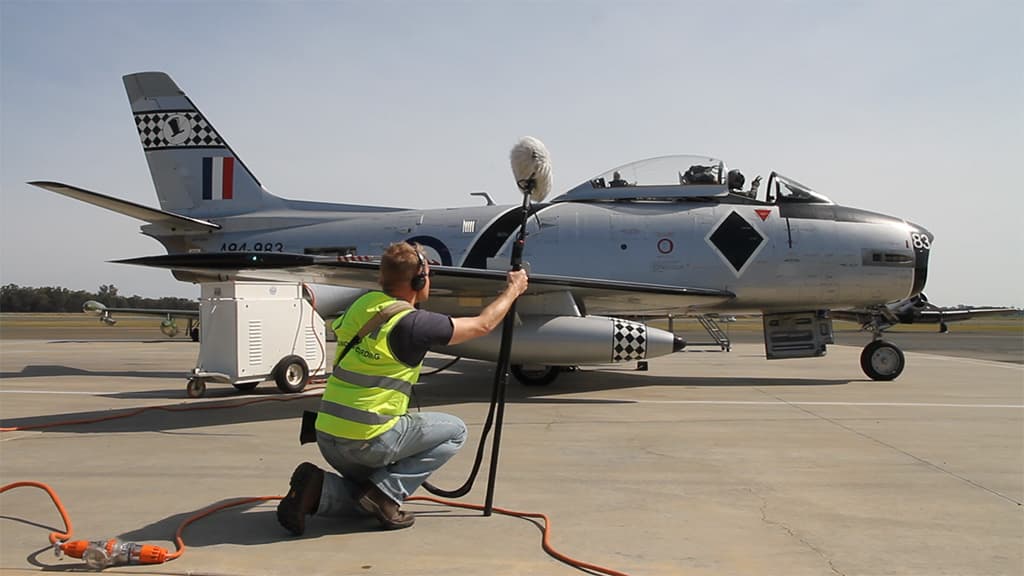
More time should be spent focussed on chasing amazing sounds than obsessing about which device to purchase
THE PRICE IS RIGHT
When I first started recording I was limited by what I could afford, but even after some 20 years — and building a successful company with a global reputation — price still matters. It matters because to run a business successfully you must consider each purchase to ensure that it will provide a good return on your investment. Zoom devices have always been incredible value for money. When starting out, this has allowed me to purchase a device I’d not otherwise have been able to afford.
When hardware that handled 32-bit audio started appearing on the market I looked at my options. For the price of one company’s new product I could purchase two Zoom F6 units. So I did. It’s this kind of price point that has allowed me to strap a recorder to a military tank without worrying so much about the consequences.
THE ‘LOW QUALITY’ MYTH
There is an enduring elitism within the audio community, where we have the out-dated misconception that the more elevated a product’s price-tag, the higher the quality. I think some folk feel that using expensive equipment gives them legitimacy, but I would much rather listen to amazing sounds captured on a cheap device, than endure mundane sounds captured with pristine clarity. More time should be spent focussed on chasing amazing sounds than obsessing about which device to purchase.
I will admit that early Zoom devices were not able to capture audio with the clarity of something like a Nagra, but these days, the idea that Zoom products are ‘not as good as their competitors’ is simply not the case. Dollar for dollar, the company’s devices provide us with a highly competitive alternative. The H3VR, for example, has four capsules mounted for ambisonic recording. The self-noise on that device was staggeringly low for a device that costs less than A$500.
I love location recording more than almost any other task I do professionally. There is something incredible about venturing outside, being somewhere new, and not certain of what I might find. The disappointment of not finding a specific sound — or not being able to capture that sound due to background noise — can be turned around by the discovery of a sound far more exciting than the original could ever have been. This has happened countless times, and having such recording options available has meant being able to capture those events:


BIRDS AT DAWN
I was interstate and awake early. I wanted to ensure I had as large a variety of gear as I could reasonably carry… just in case. I had a backpack with a hydrophone coiled up, a torch in my pocket, microphones mounted on a tripod, and a Zoom H4N velcro’d to the outside of a windshield.
The birds were predictably boring and mostly absent. After a few hours, I started wondering if the whole trip had been for nothing. Then I heard boats powering up and realised a nearby boat ramp was being used by people heading out for early morning fishing. I packed up the mic for recording birds, and switched to the hydrophone to record the boat engines. A little later I explored a nearby playground. Here I found a rusty carrousel that made the most horrendous, hellish metallic scream when rotated. I spent ages with this sonic nightmare recording it in a variety of ways, with various mics and equipment. The flexibility of having several small recording devices on me — everything I carried in a small backpack — meant I was able to spend the day capturing a new range of sounds.
Zoom’s 32-bit recorders have had a massive impact on location recording because they reduce — or remove entirely — the need to closely monitor your input levels to avoid signal clipping. This is a huge advantage for anyone who spends time pointing microphones at things. A few of these devices were announced just months before the pandemic got really serious. The Zoom F6 and other manufacturer equivalents were roughly the same price here in Australia but by the time I’d made my selection — and thanks to supply-chain issues — the price of the alternatives had nearly doubled, whereas the F6’s price remained the same. As I was now being guided by market prices, I wanted to dig a little deeper on the F6 before committing. It was then that I had the good fortune of being asked to review the F6 for AudioTechnology Magazine. This meant I was able to thoroughly test the unit before spending a cent. Post-review, I bought two and they’ve been my main recording unit ever since.
Please don’t dismiss this article as a fawning Zoom love letter. As with all brands, Zoom sometimes disappoints: for example, the fact that its remote control app is still iOS-only seems very misguided to me. But while the company has released devices that I’d be unlikely to use, I still see these as positive exploration. Companies — like humans — learn by making mistakes, and I sincerely believe that Zoom’s willingness to rapidly develop devices has allowed it to catch up to companies with long histories in the field. For me the F3 and F6 are perfect examples of the success of this approach.
IT’S ALL LED TO THIS
I am sure Zoom will continue to create interesting devices for years to come, but in many ways the F3 — which I have also reviewed and have sitting on my desk in front of me — is the perfect end point for this article. It has the form factor of a tiny F6, with a one-inch screen and two XLR inputs, but this is no toy. The F3 will only record at 32 bit, so has no need for input gain pots or buttons. For this reason there’s also no need for input levels, built-in compressors, or limiters. It can record two inputs to a stereo file — at up to a 192kHz sample rate — and can recognise micro SD cards up to 1TB. That is essentially a day’s worth of content at its highest quality capture. The F3’s only real limitation is the life of the AA batteries, which is stated to be about eight hours.
Since beginning my career with Zoom recorders I’ve found that many of the functions I’d once wished for have now become reality. The tools available in 2022 now allow us to create whatever we can dream of. I hope that the coming 15 years will see Zoom continuing to innovate, allowing for an evolution of the capture of sounds from the world in which we live.
The H1 is the reason I have incredible recordings of interiors of classic aircraft such as Spitfires, Saber Jets, DC3s





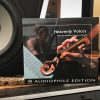







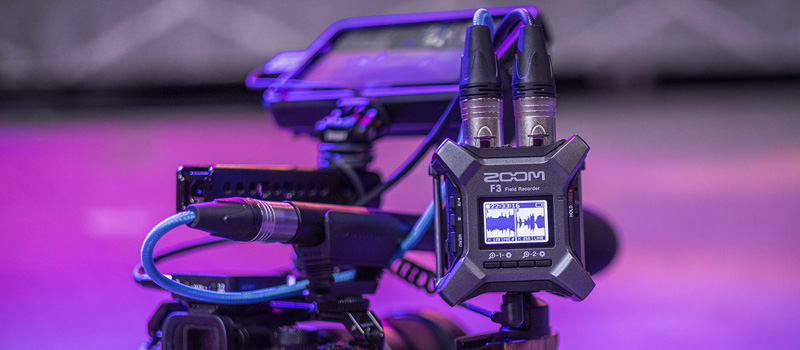





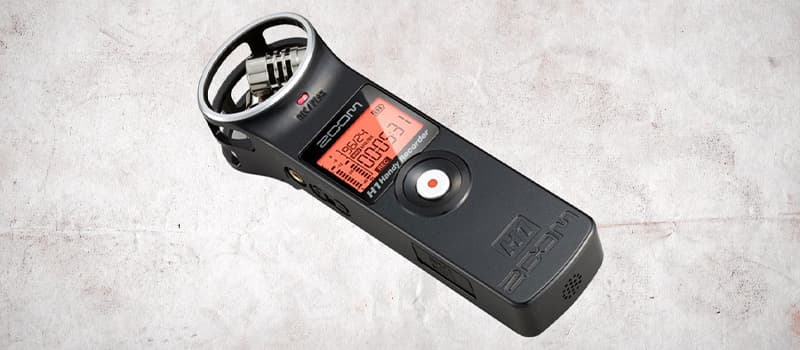


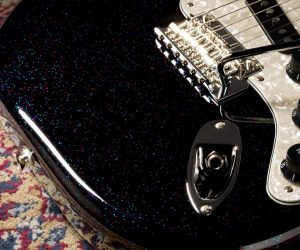


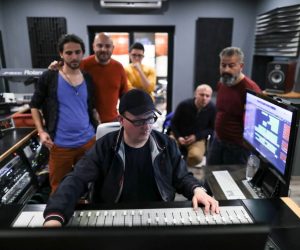
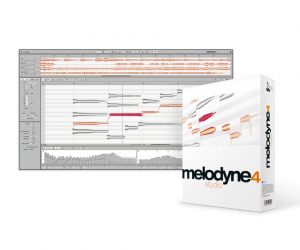
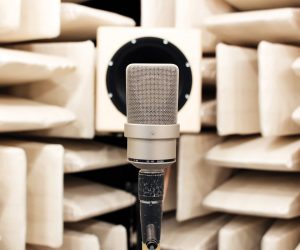






RESPONSES